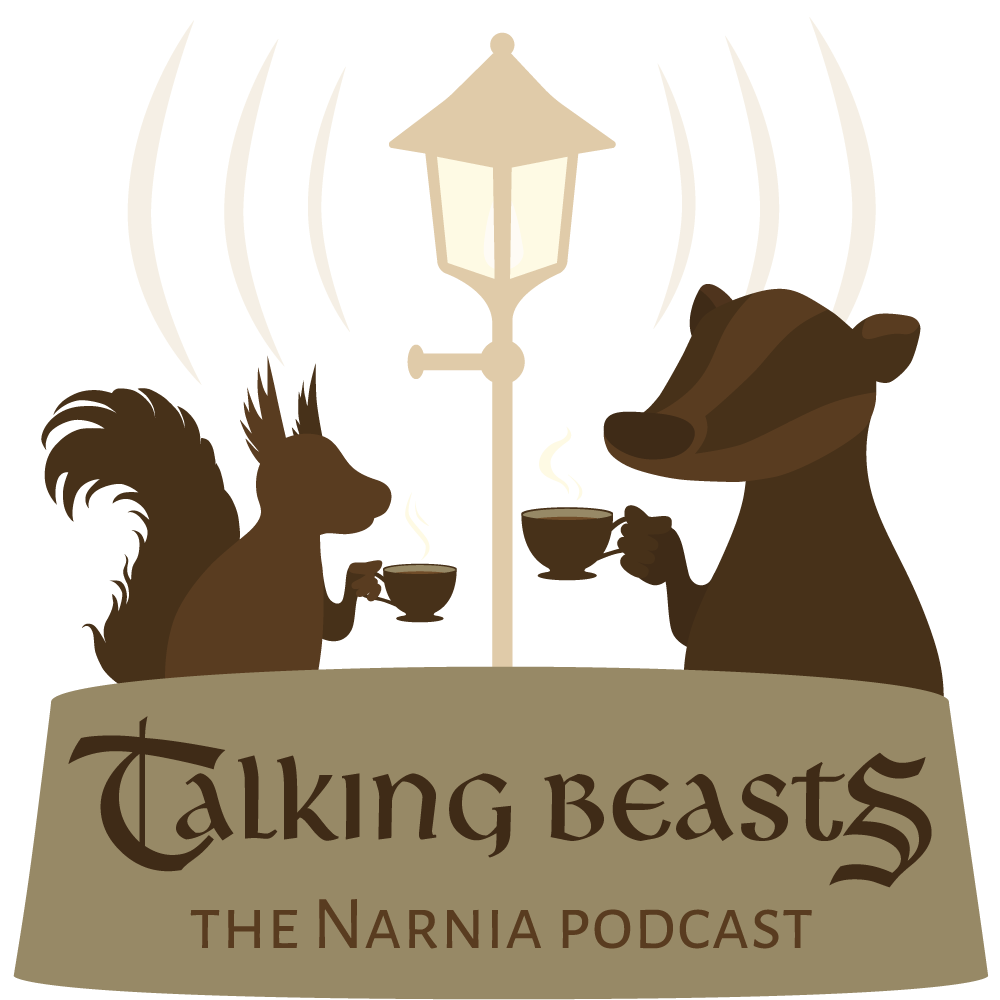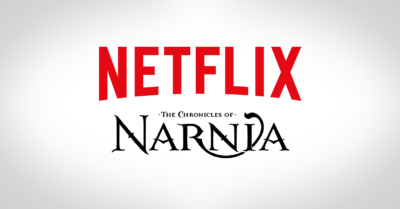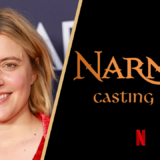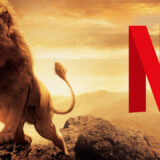More In-Depth Panel Reports
Story by Indiana Sev of JoBlo.com
While down in Aukland, New Zealand (think Vancouver but with heavier accents), visiting the set of THE CHRONICLES OF NARNIA: THE LION, THE WITCH AND THE WARDROBE from Disney studios, we flew to the city of Wellington for a couple of days, to not only visit Richard Taylor’s famous WETA workshops but to also call on the annual Armageddon Pulp Culture Expo that was being held there over the weekend. Among the many special guests and speakers at the event (primarily Star Wars, Star Trek and Lord of the Rings ne–, um, folk – which naturally included Sean Astin, who I’m sure will be a staple at these types of events ‘til the end of time) was a panel for The Lion, the Witch and the Wardrobe, there to answer any and all questions from all the rabid and anxious fans who have been awaiting a movie version of C.S. Lewis’ books for ages.
The panel included Richard Taylor, head honcho at the WETA workshops, whose previous works include THE LAST SAMURAI, THE LORD OF THE RINGS trilogy, HELLBOY and many others. He is currently working on THE LEGEND OF ZORRO, Peter Jackson’s upcoming KING KONG and of course, Andrew Adamson’s THE CHRONICLES OF NARNIA. He’s picked up four Oscar wins for the LOTR films alone (he kindly let us handle the golden boys the day before at his WETA workshops). He was joined by Howard Berger of KNB EFX, a makeup and prosthetic pro and visual effects supervisor, Dean Wright. The movie is set to wrap in early December after which they’ll shoot for a few days in the Czech Republic in January. The post-production will lead them up to the film’s release: Christmas 2005. The film’s unit publicist, Ernie Malik, was also there to handle questions regarding location, casting and the like.
Here is a quick summary of the some of the things they covered during their panel:
• 23 individual species were created for the movie, with numerous versions of each member of a specific species (i.e. different variations of fauns, dwarves, centaurs, etc.)
• Casting is still ongoing for Aslan, the Great Lion’s voice. Expect 99.5% of the lion to be computer-generated, with the rest being left to the animatronic department. Creating the CG Aslan has been their biggest challenge so far; they want to avoid him being boring or cartoonish in any way as it’s essential he conveys the nobility that many associate with him (as well as him being the moral center of the story). They’re going to great lengths to make it look as realistic as possible and to avoid it looking like one of those “ talking animal movies.” “Stuffies” of the beavers and lion are often being used on set to facilitate the children’s performances when acting opposite the animals. Mr. and Mrs. Beaver are said to have the biggest animal parts on set; they are 100% CG.
• In designing the world of Narnia, the filmmakers referenced all of the other books for all cultural references and ideas in the goal of giving Narnia its own special visual presentation onscreen. They considered many possibilities as to what the land could have truly been influenced by; from the Edwardian world of Digory and Polly from The Magician’s Nephew, the 1940’s wartime London period of the Pevensie children, the Witch’s Charn background all the way to C.S. Lewis’ own mythological studies. They even considered the possibility that Narnia is simply a land on its own, created with no particular correlation to any culture of the past. All this to say they’ve put some serious thought into creating a Narnian look unique enough to satisfy the imaginations of all the faithful followers of the book (which is very detail-light and leaves much to the mind’s eye).
• When talk of sequels arose, Ernie stated they would ideally like to do all 7, but a few of them will most likely be combined. They have writers presently working on Prince Caspian, which will be the next book to be adapted.
• The final battle sequence, which will be expanded tremendously for the film (it was described in barely a couple of pages in the book) will be shooting in the South Islands of New Zealand, one of the few locations Peter Jackson did not shoot the LOTR trilogy. The opening will be an elongated action sequence that begins with the bombing of London, and continues on as we see the children being evacuated to a railway station until finally being sent off to the countryside to stay with the professor. The sequence will last approximately10-12 minutes. The filmmakers thought it vital to make the battle of Britain a very present and crucial part of the opening, as it is what ultimately sets things in motion and many in the young audience nowadays might not recall how tragic and life-altering an event it really was, if they know about it at all.
To view the full article with photos, you can click the link below. *Warning: This site contains strong language and some inuendo.*
This story was originally published at JoBlo.com





